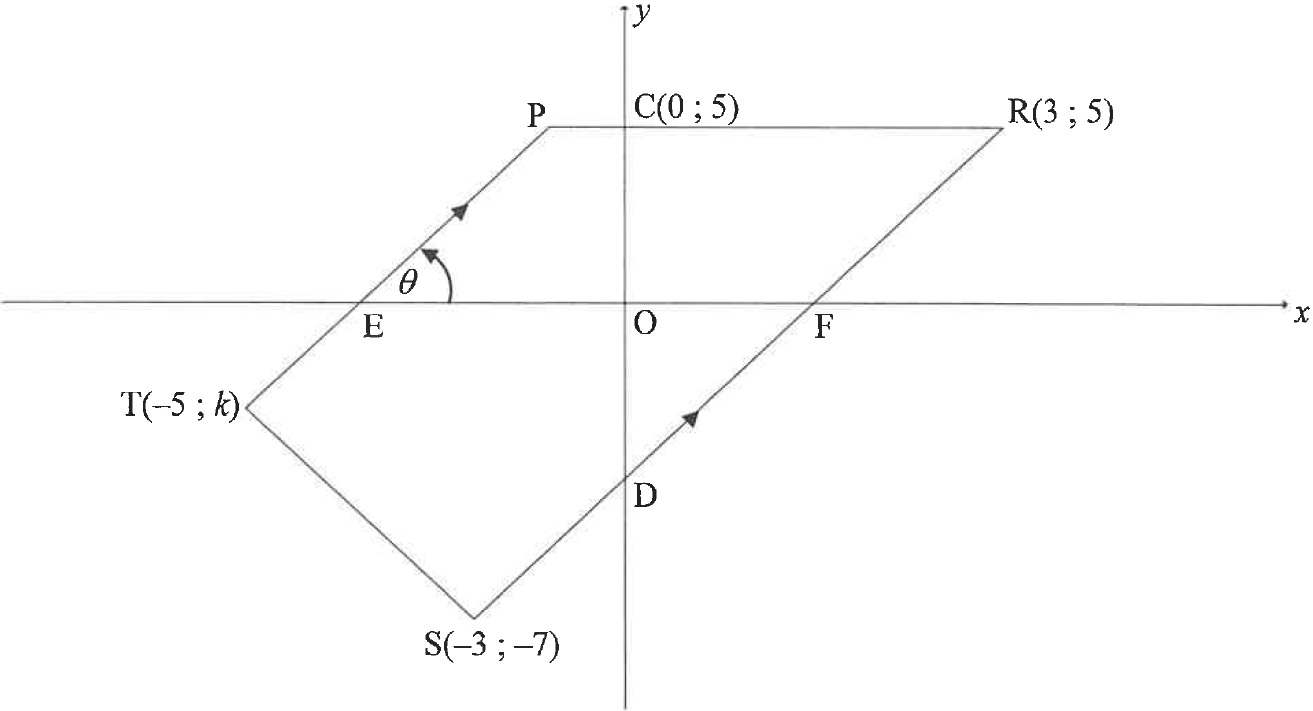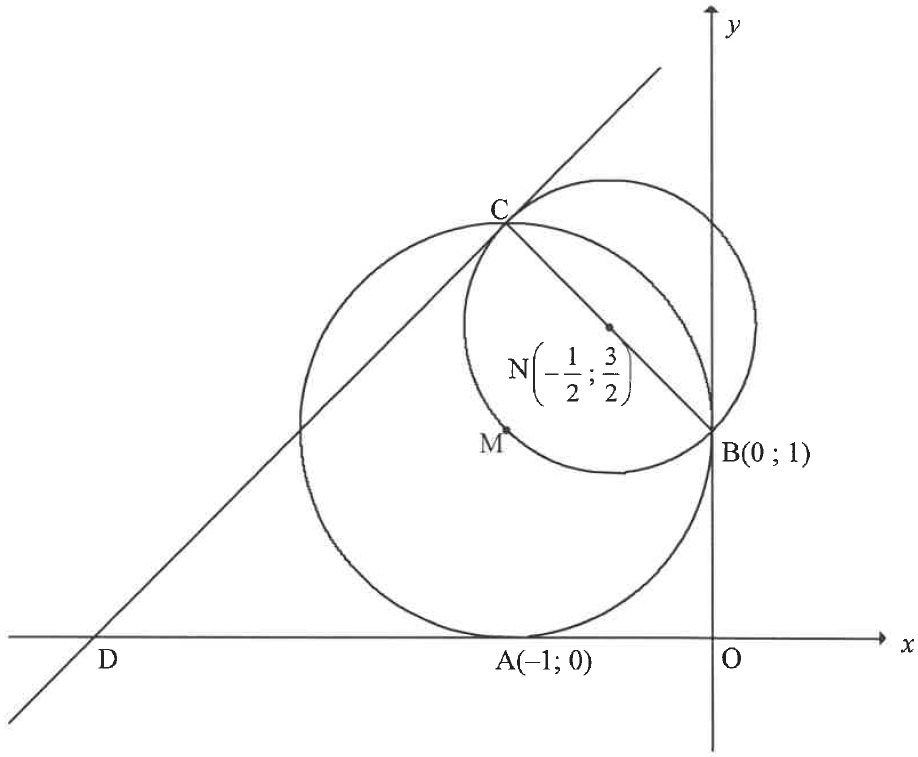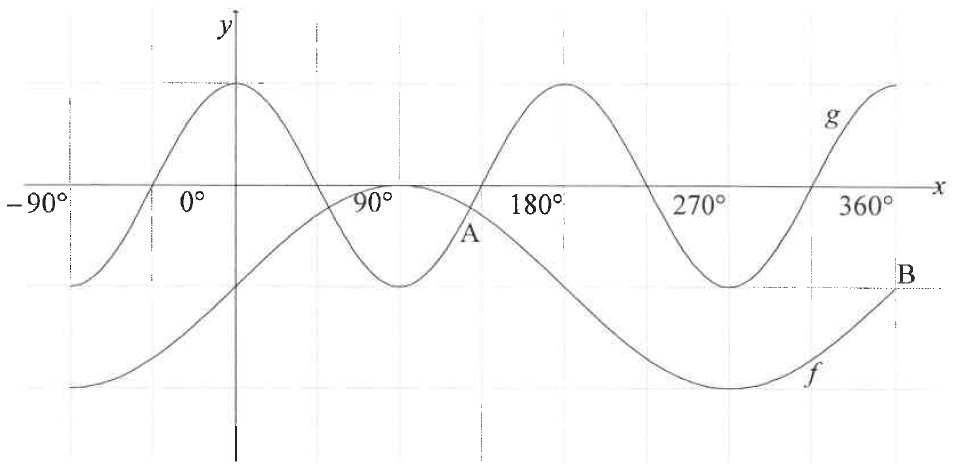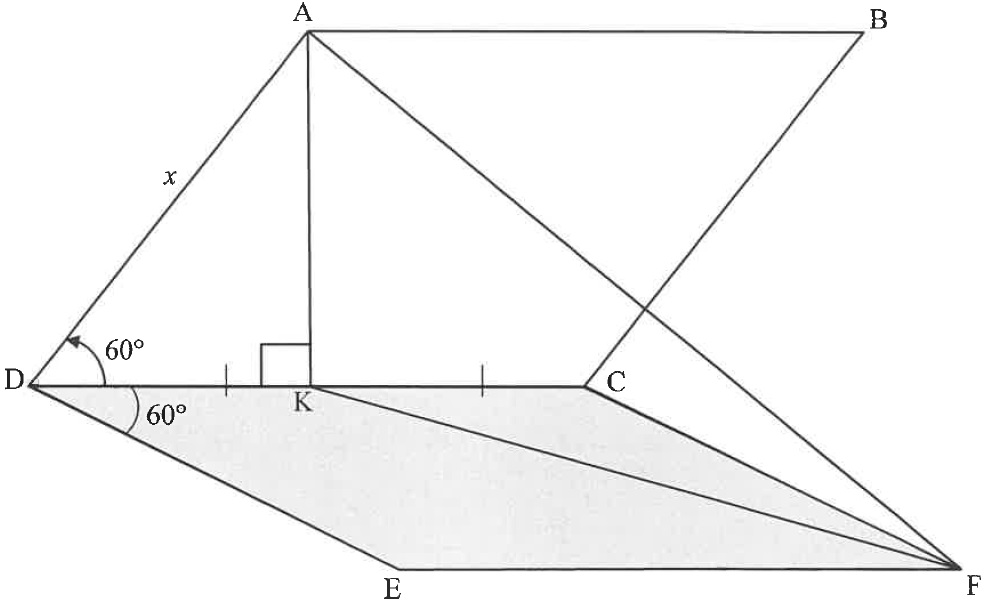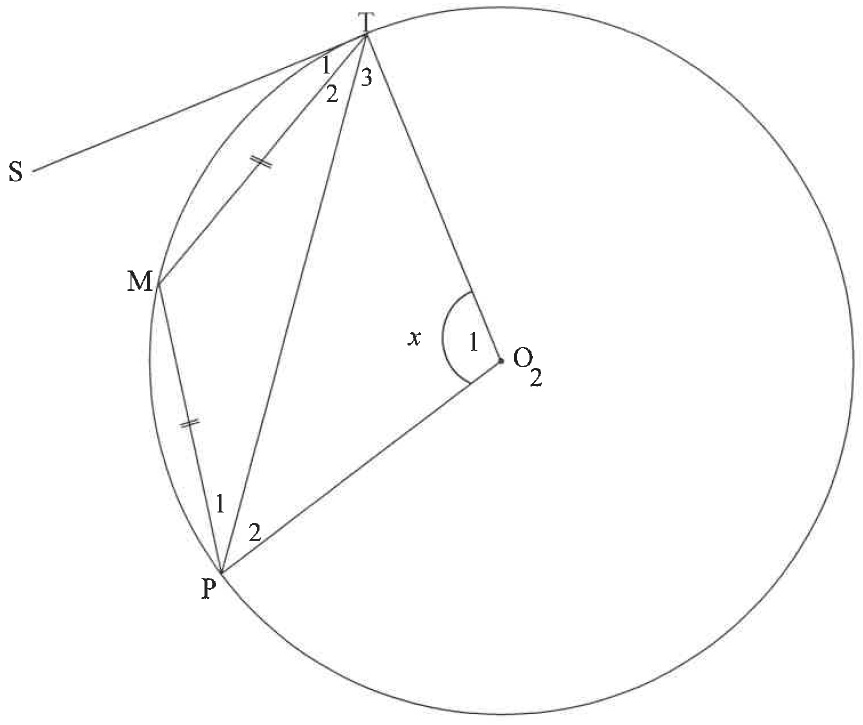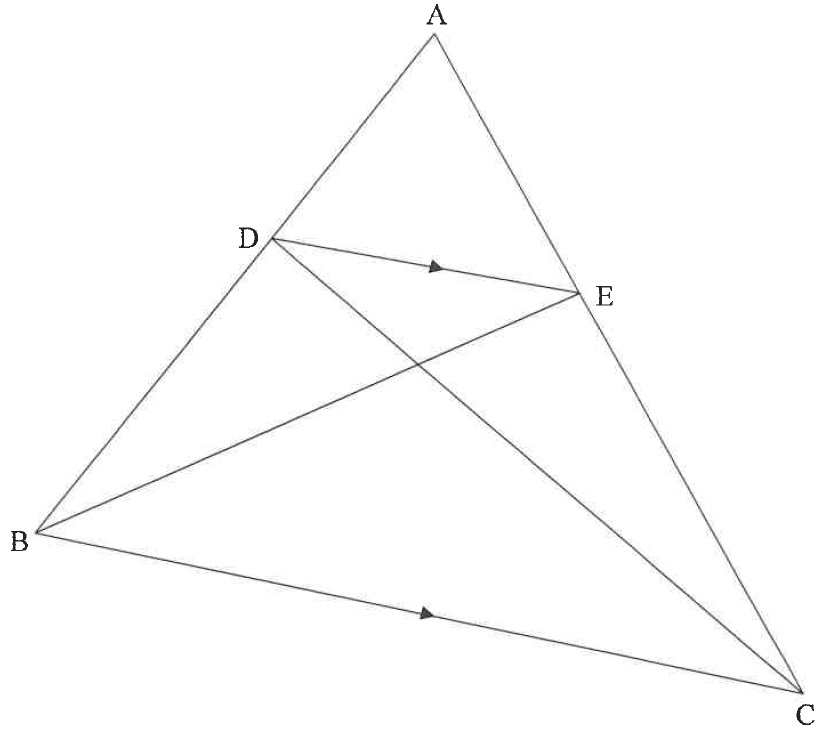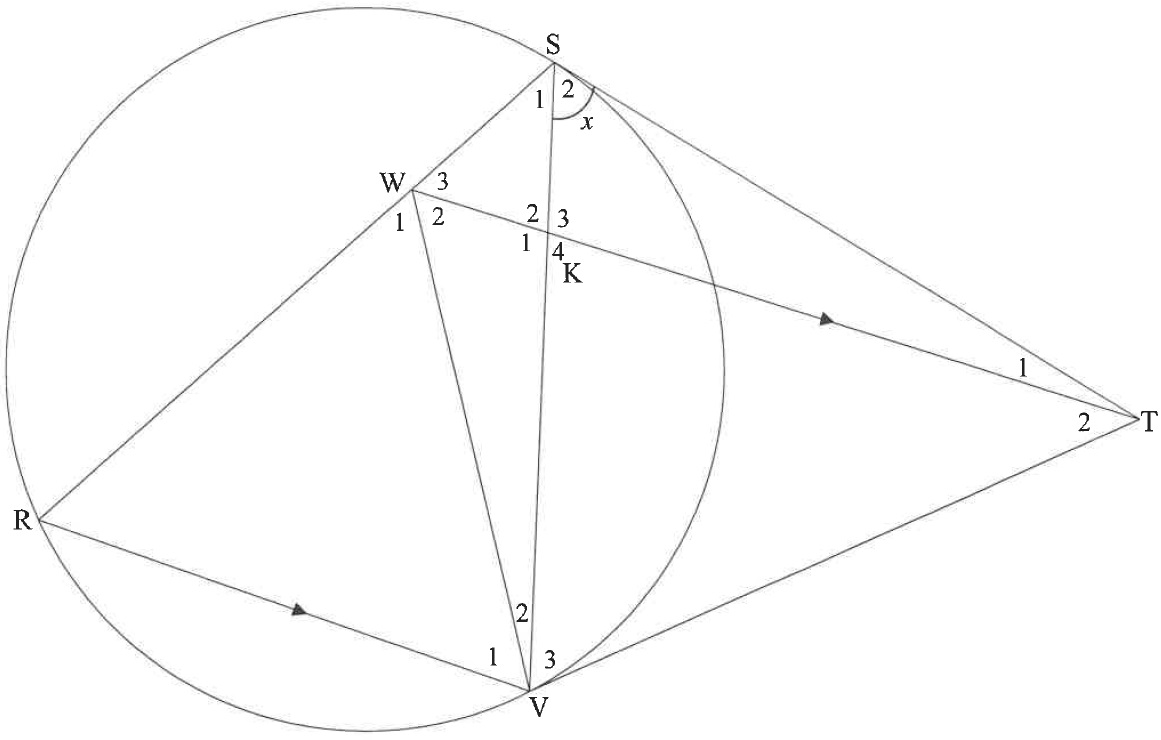| The table below shows the monthly income (in rands) of 6 different people and the amount (in rands) that each person spends on the monthly repayment of a motor vehicle. |
| MONTHLY INCOME (IN RANDS) | 9000 | 13500 | 15000 | 16500 | 17000 | 20000 | | MONTHLY REPAYMENT (IN RANDS) | 2000 | 3000 | 3500 | 5200 | 5500 | 6000 |
|
| 1.1 | Determine the equation of the least squares regression line for the data. | (3) |
| 1.2 | If a person earns R14000 per month, predict the monthly repayment that the person could make towards a motor vehicle. | (2) |
| 1.3 | Determine the correlation coefficient between the monthly income and the monthly repayment of a motor vehicle. | (1) |
| 1.4 | A person who earns R18000 per month has to decide whether to spend R9000 as a monthly repayment of a motor vehicle, or not. If the above information is a true representation of the population data, which of the following would the person most likely decide on: | |
| A | Spend R9000 per month because there is a very strong positive correlation between the amount earned and the monthly repayment. | |
|
| B | NOT to spend R9000 per month because there is a very weak positive correlation between the amount earned and the monthly repayment. | |
| C | Spend R9000 per month because the point (18000;9000) lies very near to the least squares regression line. | |
| D | NOT to spend R9000 per month because the point (18000;9000) lies very far from the least squares regression line. | (2) |
| | [8] |
